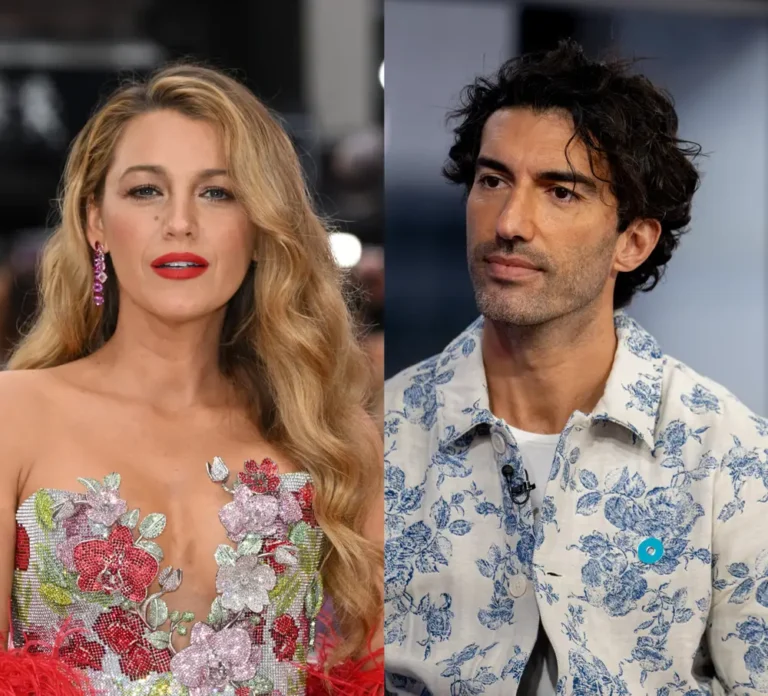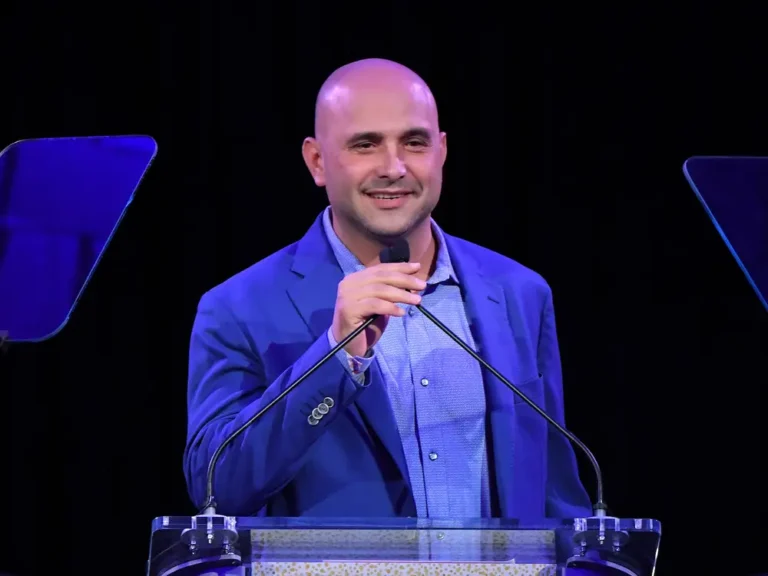How a former data analyst turned his 14-year career at Riot Games into ‘Arcane,’ a beautiful, expensive Netflix hit
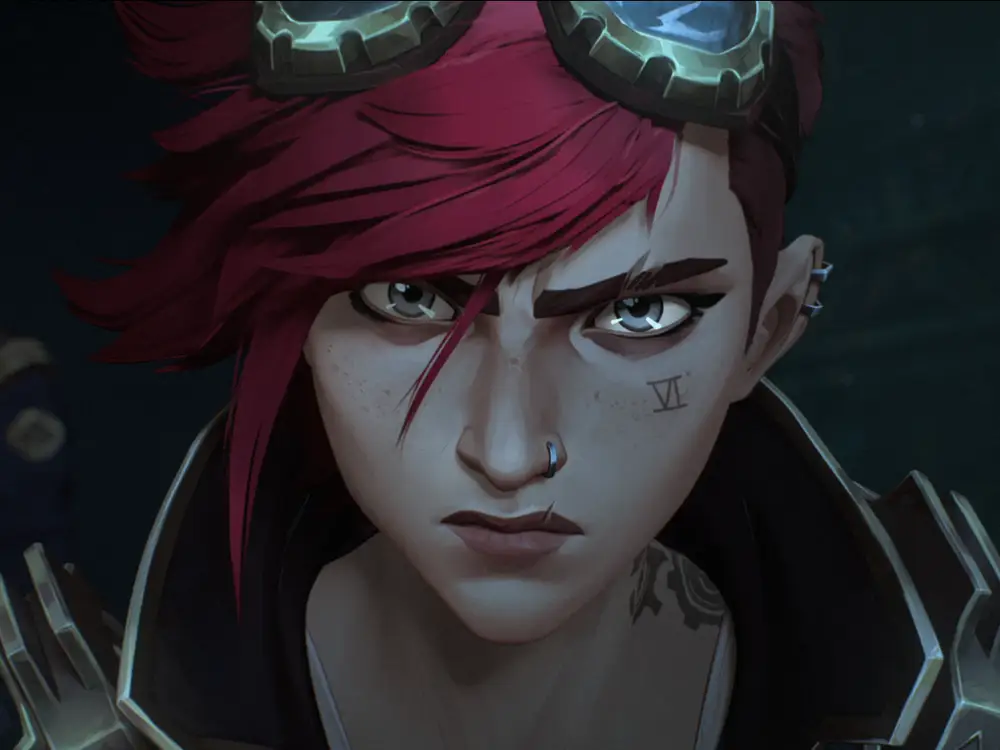
Vi, played by Hailee Steinfeld, in season two of “Arcane.”
In 2010, “Arcane” co-creator Christian Linke needed to make a change.
The German-born musician had spent years playing bass in the German rock band Panik and working as a songwriter and producer. But by 2010, he was starting to have doubts about the music business — and in turn, the longevity of his career — as he observed musicians using personal computers to produce their own tracks.
So he left music, packed up his life, and moved to Los Angeles. When he arrived, he landed a customer support job that he had found on Craigslist. Though he didn’t know it at the time, that job set him on a career path that would lead to his first Emmy award 12 years later.
The gig was at Riot Games, a young video game company founded in 2006 that had launched its debut title “League of Legends” the year before. These days, “League” is one of the most-played PC games in the world, with Riot announcing it had hit 180 million monthly active players in 2021. But back then, Riot was small, and “League” was still a fresh title. And luckily for Linke, an early “League of Legends” player, it had thousands of unanswered German-language customer support tickets languishing in the queue.
“Somehow they hired me,” Linke told B-17. “I think because, of all the people that interviewed, I was the only one that actually spoke German.”
Fourteen years later, the now-creative director has graduated from answering tickets to running one of TV’s most successful video game adaptations. “Arcane,” which Linke created with fellow long-term Rioter Alexander Yee, premiered on Netflix in November 2021. By the time its first season finished airing, it had racked up millions of viewing hours and hit No. 1 on Netflix’s global top 10 English-language television list.
It wasn’t much of a surprise when Netflix announced it had renewed “Arcane” for a second season the minute season one wrapped. Aside from winning four Emmy Awards, including outstanding animated program, it had near-universal critical acclaim. For good reason: its focused, character-driven story and distinct visual identity, courtesy of French animation studio Fortiche, make it accessible and riveting television for newcomers and longtime “League” fans alike.
But before the show was a hit, it was a passion project that Linke and Yee started working on in 2015 — one borne out of their tenures at Riot and the relative creative freedom they were afforded during the company’s ascension.
“When we started the project, there was no adaptation that had ever succeeded,” Linke told B-17 of his and Yee’s plan to create a series based on the game. “But it didn’t really matter because the desire was always very clear. It was like, ‘We want this to exist.'”
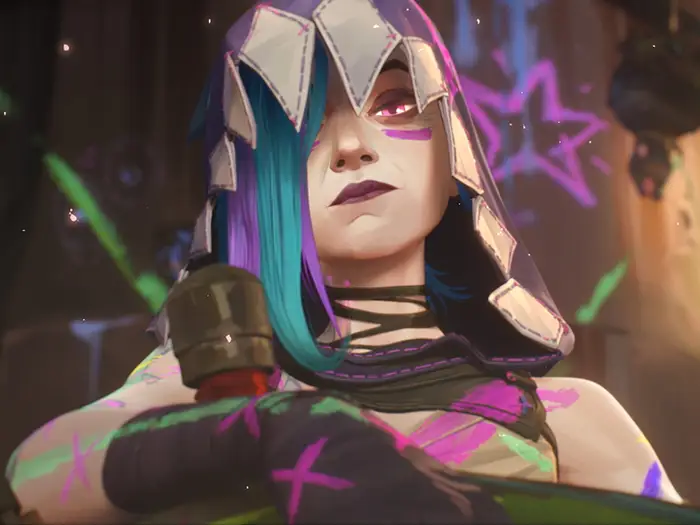
Jinx, played by Ella Purnell, in season two of “Arcane.”
Linke has worn a lot of hats at Riot and grew his career with the company
When Linke started at Riot in 2010, his remit quickly expanded past customer support. After a stint in the billing department, he eventually moved over to data analysis, working cross-functionally across different teams.
But in 2011, he noticed an opportunity for the company to invest more in music projects — think character theme songs, music videos, and “League” inspired bands — and in turn, to leverage his own creative background.
“No one was asking for it,” Linke said, but no one was stopping him either. By 2015, Linke had built a team underneath him, and had proven himself within the company. What he lacked was a challenge.
The same was true of Yee, who had pivoted to creative design at the company. Together, after years of playing in different creative sandboxes within the “League” universe, they began conceptualizing the television show that would become “Arcane.”
It was unprecedented work at Riot, which at the time had yet to expand into any traditional television or film projects.
“We had to really take baby steps,” Linke said. “We had to not just build the creative, but also, the way to convince leaders who have never worked on a TV show and invested in a TV show. So a lot of it was just starting with the basics.”
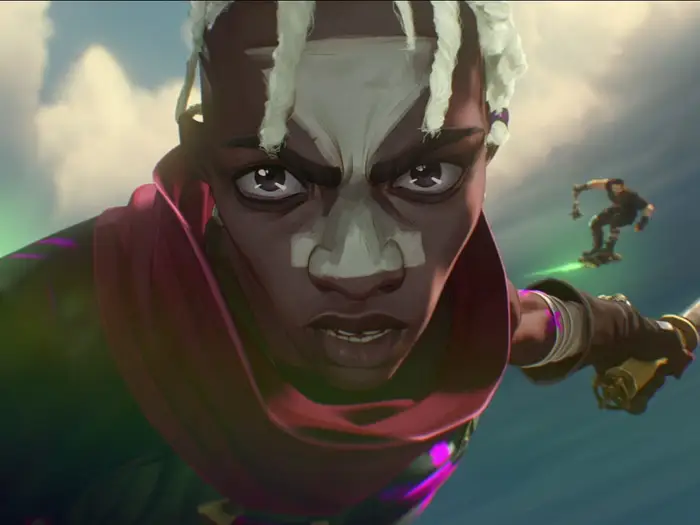
Ekko, played by Reed Shannon, in season two of “Arcane.”
That included animation and dialogue tests — “We had never heard our characters talk,” Linke said — in addition to crafting the show’s story. After about a year and a half of work, the company committed to making a pilot episode in 2016 — and clearly, it worked out well for them in the end.
Still, Linke and Yee took risks along the way, chief among them betting on the French production studio Fortiche. Prior to “Arcane,” the studio had worked on music videos and promotional materials for Riot and artists like the Gorillaz, as well as some television projects. But none matched the scale of what “Arcane” would become: nine episodes in its first season, animated at a quality reminiscent of film rather than television.
“People were very concerned about it, but what Fortiche had that you cannot fix with money is passion,” Linke said. “I knew they would put their life on pause to make the greatest thing of their career with this project, and I worked with other animation studios where that’s simply not the case. It’s a gig, but Fortiche had something to prove.”
‘Arcane’ was an expensive labor of love that Riot hasn’t yet replicated — but it’s a great proof of concept
Nine years after Linke and Yee began to work on “Arcane” in 2015, the series is ending after two nine-episode seasons. The project didn’t come without significant expenses: Fortiche’s feature-quality animation meant that production moved at a slower pace more typical of animated film rather than animated television.
Citing sources familiar with production, Variety recently reported that the show’s first season cost upward of $80 million to make, and its second close to $100 million. (Riot didn’t immediately respond to B-17 request for comment regarding the reported cost of “Arcane.”)
Even if Riot doesn’t directly turn a profit on the series, that may not be the company’s chief goal, anyway. Film and television isn’t Riot Games’ primary business; video games like “League of Legends” are. A genuinely good television series like “Arcane” not only engages current players who may spend money on in-game cosmetics, but brings new eyes to the franchise. The real-life cosmetics, like the “Arcane” season two drop with Fenty Beauty, probably don’t hurt either.
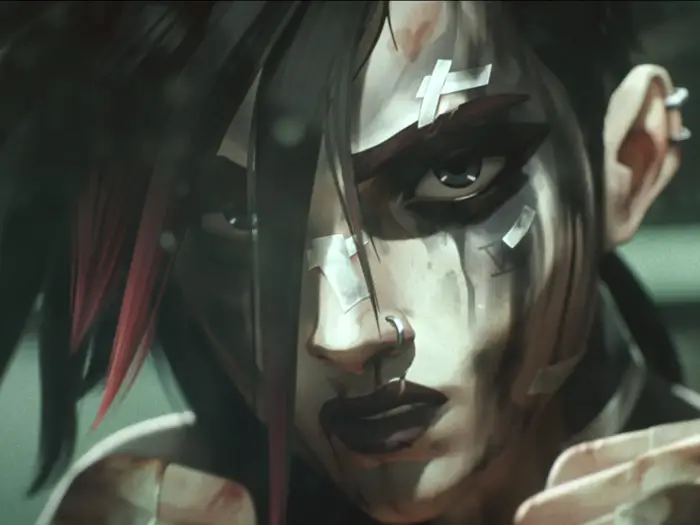
Vi in season two of “Arcane.”
“Arcane” remains Riot’s shiniest and sole successful adaptation. By putting the first major “League” adaptation in the hands of people who knew it best and cared about getting it right, “Arcane” sets a precedent for how to make something beloved by fans and critics alike. Reportedly steep production costs and a lengthy timeline gave them the time and space to do so — even if, as Linke told The Washington Post ahead of season one, it meant burning a “massive hole in Riot’s wallet.”
Ultimately, Linke says the show was a product of “selfish desire.” The fact that it’s motivated by passion, and not pragmatism, is why it’s so good.
“For us, we love the game,” he said. “We wanted to see those characters come alive. That’s it. That’s enough to say this should exist for ourselves.”


